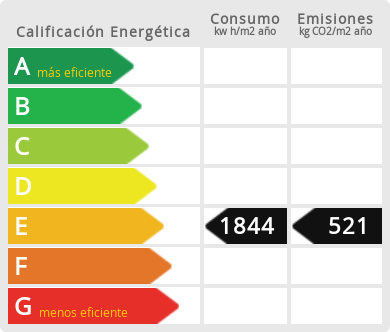Ref. 91905 Prächtiges Landgut in der Nähe von San Lluís, Menorca Preis: 3.300.000 €












- Beschreibung
- Umgebungsinfos
- Bitte mehr Information
- Freund Senden
Beschreibung
Zusätzlich zu ihrem Charme verfügt das Anwesen über einen blühenden Gemüsegarten mit einer Vielzahl an Obst- und Gemüsesorten, die frische, hausgebaute Produkte bieten. Die sorgfältig gestalteten Gärten sind ein wahres visuelles Vergnügen – mit lebendigen Farben, gepflegten Mauern und malerischen Wegen, die zum Erkunden und Genießen der natürlichen Schönheit einladen.
Nur eine kurze Autofahrt vom malerischen Dorf San Lluís entfernt, profitiert die Finca von einer ausgezeichneten Lage, die ländliche Ruhe mit der Nähe zu allen Annehmlichkeiten verbindet. Lokale Geschäfte, Restaurants und kulturelle Sehenswürdigkeiten sind leicht erreichbar und bieten das Beste aus beiden Welten.
Das Haus selbst ist ein architektonisches Meisterwerk, das den traditionellen Charme des Landlebens perfekt mit modernem Komfort kombiniert. Im Inneren erwarten Sie großzügige, elegant gestaltete Räume, die ein luxuriöses und behagliches Wohngefühl vermitteln – mit viel Tageslicht und herrlichem Ausblick aus jedem Fenster. Dieses Landgut in der Nähe von San Lluís verspricht einen unvergleichlichen Lebensstil voller Eleganz, Ruhe und Komfort und ist das perfekte Refugium für alle, die Entspannung suchen und gleichzeitig stilvoll Gäste empfangen möchten.
Umgebungsinfos
(Ungefähre Lage)
S'UESTRAR and TORRET: South of Sant Lluís and near the area of Pou Nou and Es Consell, are these two villages of menorcan houses with gardens, where there are many good restaurants and a splendid grocery store of great renown. It is the ideal place for those who want to enjoy the tranquility that combines the menorcan countryside, without missing the services found in the active town of Sant Lluís.
POU NOU and ES CONSELL: These are clusters of typical menorcan houses to the east of the municipality of Sant Lluís and to the northeast of the villages of S'Uestrar and Torret. This is an area where the houses are close to the urban center of Sant Lluís, but enjoy the tranquility of the countryside and all it offers. Dry stone walls, orchards and fields make this particular neighborhood a very comfortable and natural way of living in Menorca.
Located in the southeast of Menorca, the district of Sant Lluís owes its name to the King of France, Louis XV. It was during a brief period of time in the 18th century, when the French dominated the island. Its legacy left us with the quiet village of white houses that today is Sant Lluís. In fact the streets and squares of the town maintain the layout established by the Count of Lannion, French governor of the island who had the responsibility of planning the layout of the town. Without doubt, the church and the Molí de Dalt are its most emblematic buildings.
Those who visit Menorca have stated that it is one of the paradises of the western Mediterranean, an island that history has always been an object of desire because of its strategic position and which now has ended up becoming one of the most attractive tourist destinations. However, it is not only a dream spot for holidays, but also for living. Menorca allows you to experience for yourself the quality of life that you had always imagined, through the combination of small details that make up its landscape, people, tranquillity, light, traditions and fine food.
Geographically, Menorca is the easternmost and northernmost island of the Balearic Islands, declared a Biosphere Reserve in 1993 by UNESCO. It has a coastline of 701 km² and 216 kilometres of, along which are distributed more than 70 beaches. Blessed with a typically Mediterranean climate with annual average temperatures of 16.5 degrees, it currently has a population of 96,000, concentrated into eight districts: Maó (administrative capital of the island), Ciutadella (the old capital), Alaior, Ferreries, Es Mercadal, Es Castell, Sant Lluís and Es Migjorn Gran. There are three other towns, Sant Climent, Llucmaçanes and Fornells, the first two in the district of Maó and the other in Es Mercadal. Maó, located in the east, and Ciutadella, in the west, are the two most inhabited towns on the island.
Socio-economically, unlike the other islands of the Balearic archipelago, Menorca has, over time, had the good fortune to be able maintain a perfect balance between the traditional industries of footwear, costume jewellery and agriculture favouring the gentle development of the tourist sector and thus enabling the island to preserve its countryside and beaches. This environmental sensitivity still exists among all its inhabitants, guaranteeing a unique setting, perfect for family, sports and cultural tourism.









































































